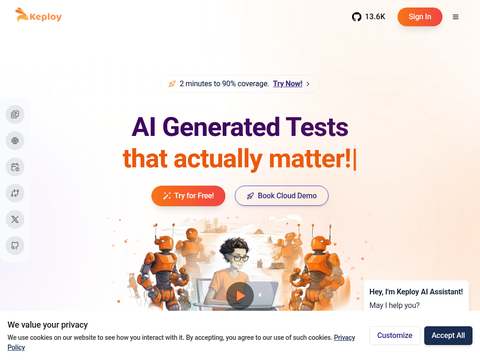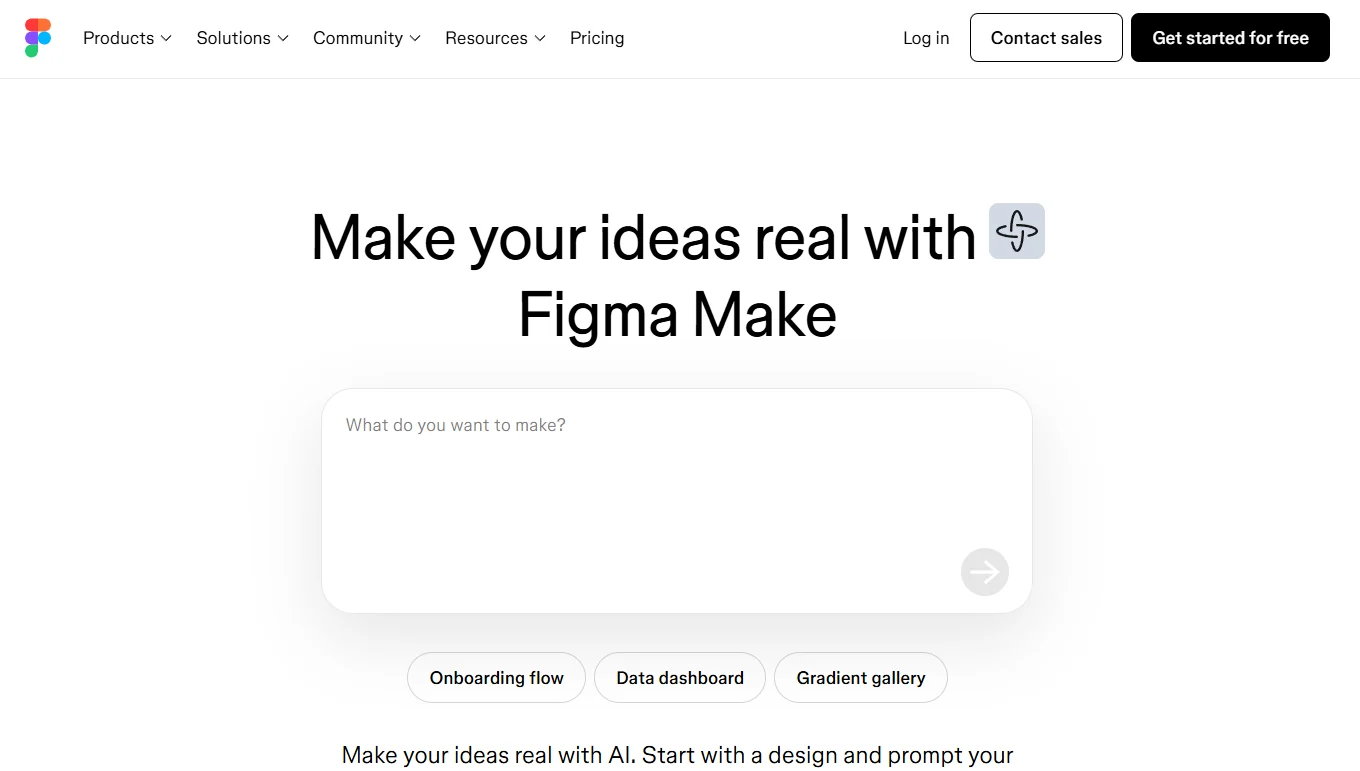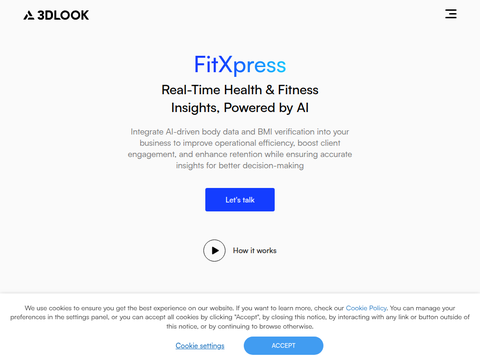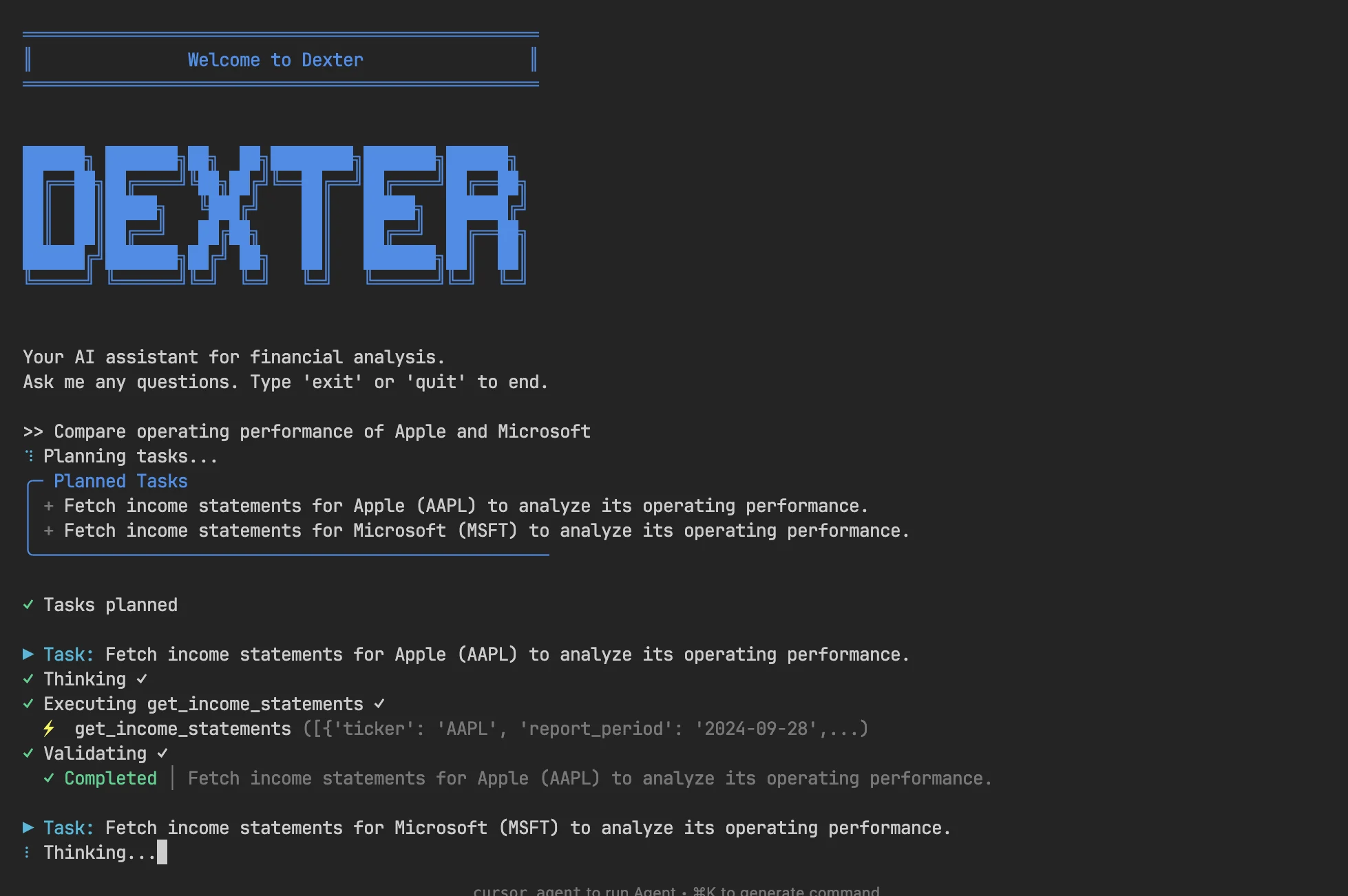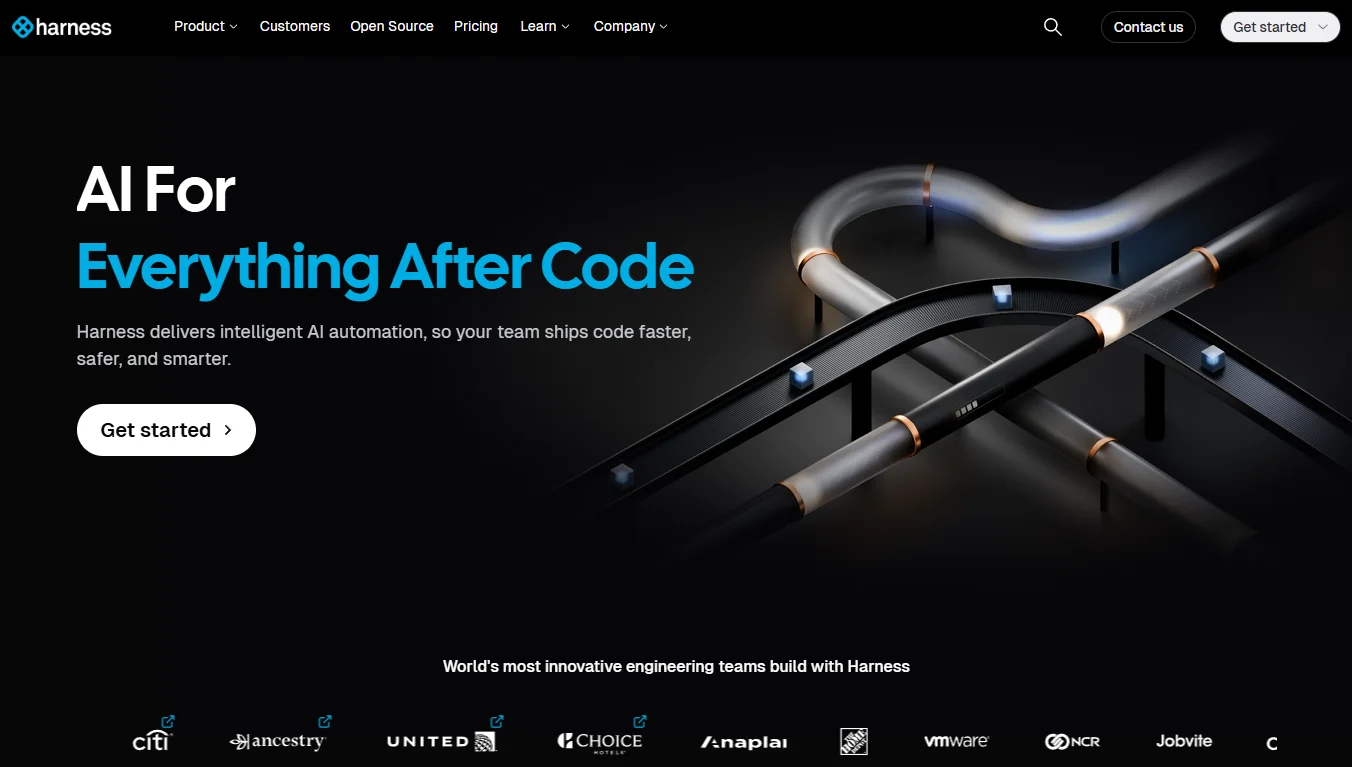Microsoft Introduces Mu: Lightweight On-Device Language Model for Windows Settings
Microsoft has unveiled Mu, a new compact language model engineered for native execution on neural processing units (NPUs), with its initial deployment in the Windows Settings app for Copilot+ PCs. This innovative system empowers users to adjust device configurations through natural language commands, significantly reducing reliance on cloud-based processing.
Mu employs a 330-million-parameter encoder-decoder transformer architecture optimized for edge computing environments. According to Microsoft's technical whitepaper, this design leverages encoded input representations to minimize latency - a key distinction from decoder-only models that must reprocess entire input-output sequences during generation. The company reports this architecture delivers enhanced inference speeds and reduced memory overhead, making it suitable for real-time interactions on personal computing devices.
In benchmark tests conducted on Qualcomm's Hexagon NPU, Mu demonstrated 47% lower first-token latency and achieved nearly five times faster decoding compared to similarly sized decoder-only models. Key optimizations include rotational position embedding (RoPE), grouped query attention (GQA), dual-layer normalization, and post-training quantization (PTQ) techniques supporting 8-bit and 16-bit formats. These advancements were collaboratively developed with semiconductor partners including AMD, Intel, and Qualcomm.
To enable integration with Windows Settings agent, Microsoft fine-tuned the model across 3.6 million examples covering hundreds of adjustable system parameters. The training methodology incorporated synthetic data generation, noise injection, prompt engineering, and low-rank adaptation (LoRA). This results in a system capable of mapping user commands like "disable Bluetooth" or "increase brightness" to actionable system changes with sub-500ms response times.
Currently available to Windows Insiders in the Dev Channel using Copilot+ devices, the agent includes a fallback mechanism for ambiguous inputs. When insufficient context is detected for direct action mapping, the system automatically provides conventional search results.
Industry experts are highlighting Mu's transformative potential. AI researcher Michał Choiński observes: "If Mu maintains these performance levels at scale, it could quietly redefine the desktop AI experience." Techling LLC founder Muhammad Akif adds: "This represents a paradigm shift from cloud-first to device-first AI architecture." AI solutions specialist George Draco emphasizes broader implications: "A major leap in on-device AI capabilities. The combination of offline speed and contextual memory is revolutionizing productivity tool paradigms."
Microsoft plans to expand support for additional configuration categories while enhancing short query processing as Mu evolves into a foundational component of native AI capabilities across computing devices.

